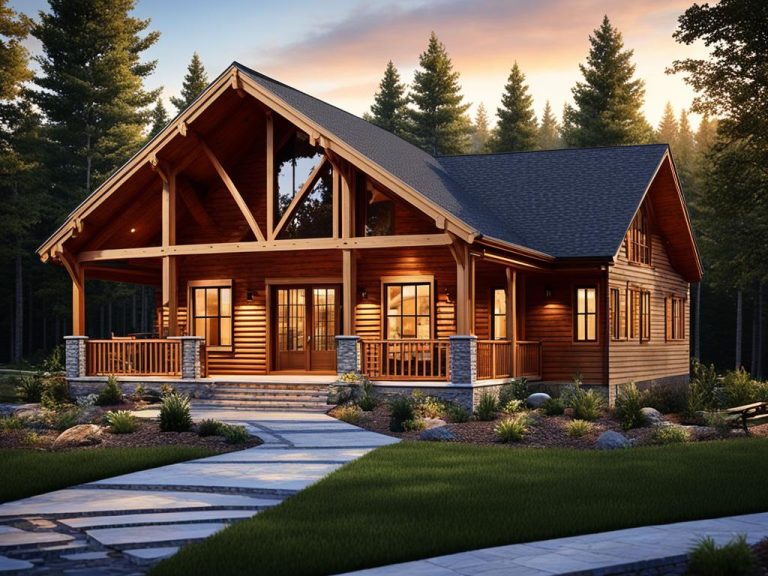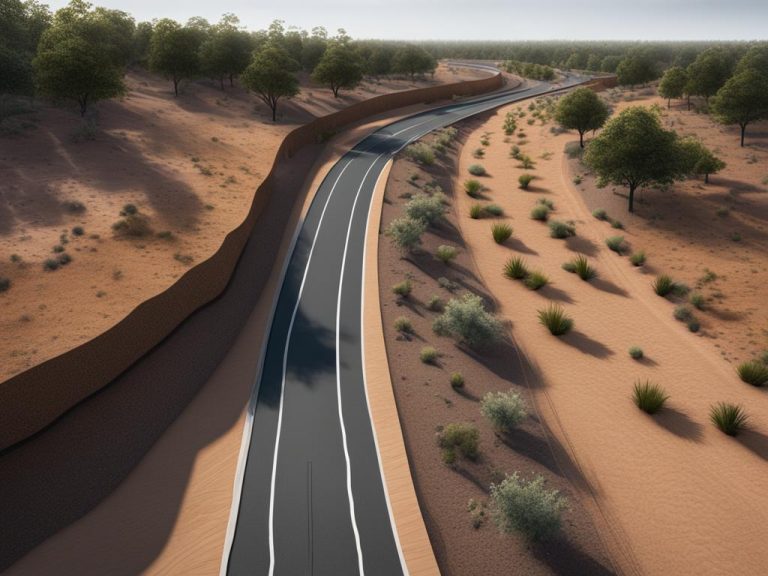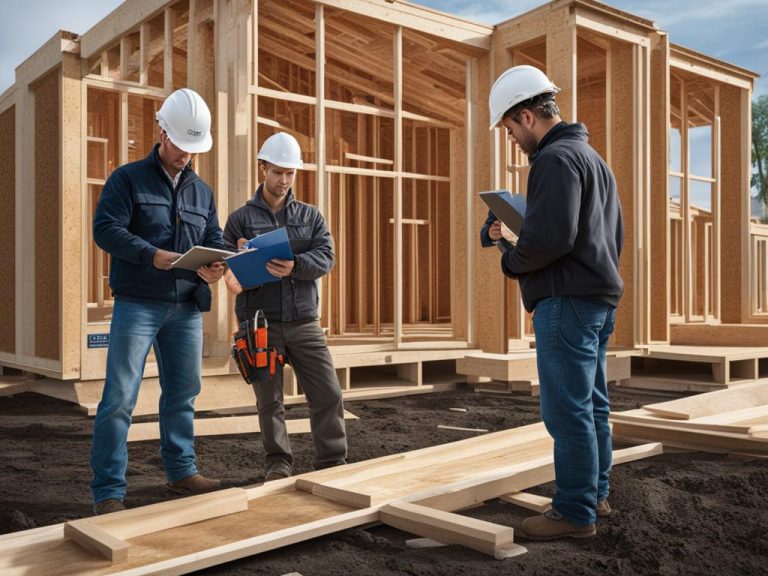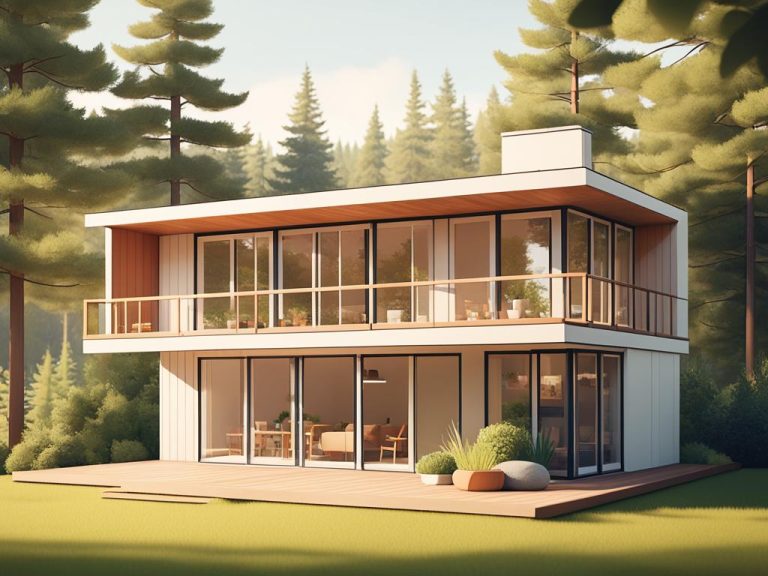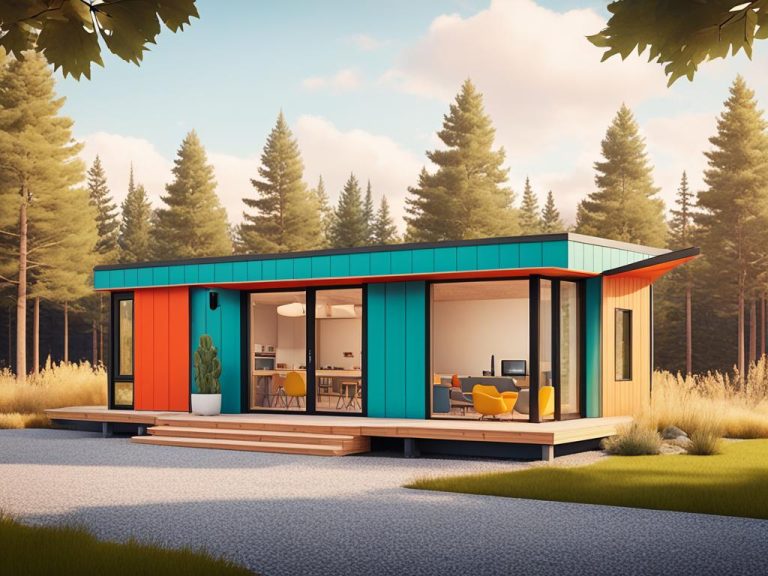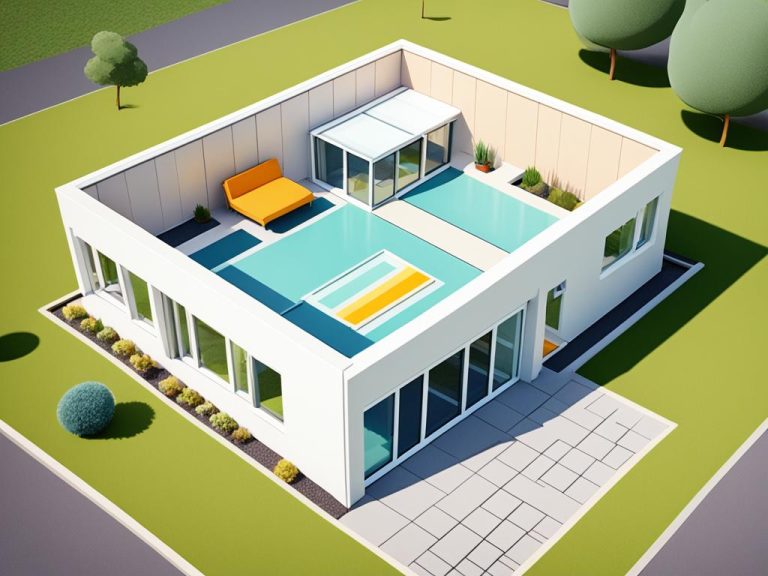Explore 3D Printed Prefab Houses
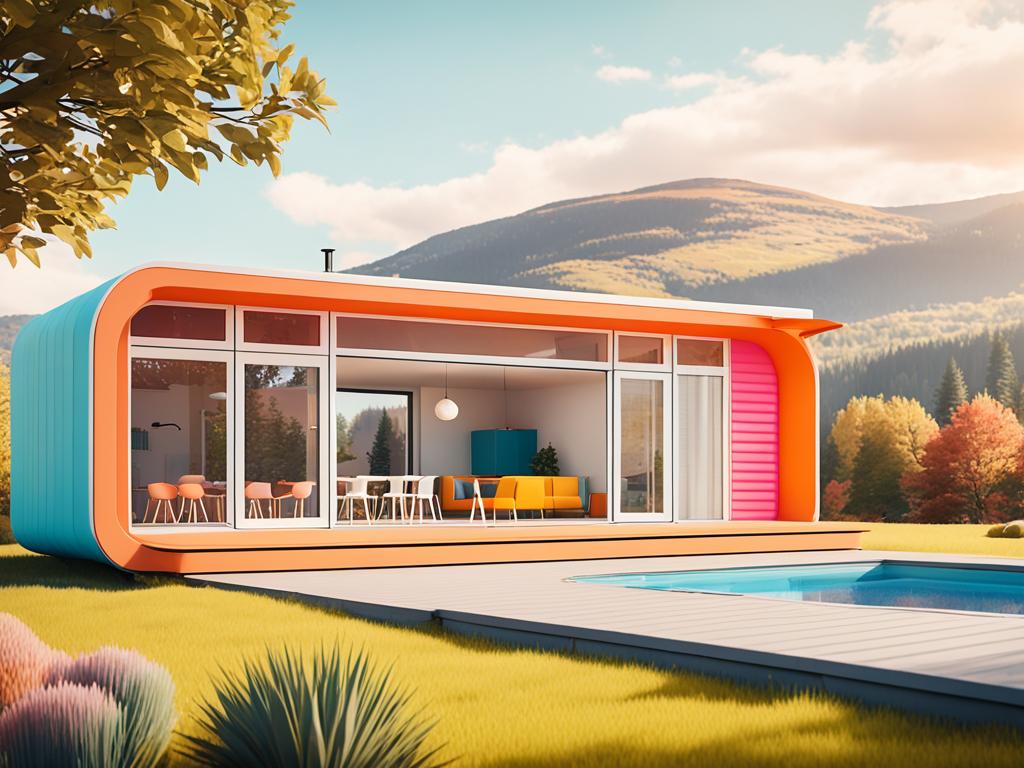
3D printed prefab houses are revolutionising the construction industry, offering innovative design and sustainable construction solutions. Companies like Mighty Buildings are leading the way with their thermoset composite materials and large-format 3D printing technology. These homes are built off-site and then dropped into place, reducing construction time and costs. The use of 3D printing allows for greater design flexibility and customisation, making it easier to create unique architectural structures. Prefabricated modular housing is gaining popularity due to its efficiency and sustainability, making it an attractive option for those looking for modern prefab homes.
Key Takeaways
- 3D printed prefab houses revolutionise the construction industry
- Companies like Mighty Buildings use thermoset composite materials and large-format 3D printing technology
- Off-site construction and 3D printing reduce time and costs
- Prefabricated modular housing offers design flexibility and customisation
- Sustainable and efficient, prefab houses are an attractive option for modern living
Advantages of 3D Printing for Prefab Houses
3D printed prefab houses offer numerous advantages over traditional construction methods. The use of sustainable building materials and off-site construction techniques reduces waste and minimises the environmental impact. With 3D printing, it is possible to minimise the number and type of building materials needed, resulting in a more efficient and cost-effective construction process.
The automated nature of 3D printing also reduces the risk of workplace injuries and accidents, making it a safer option for workers. Additionally, the manufacturing process can be more easily controlled, allowing for greater consistency and quality in the final product.
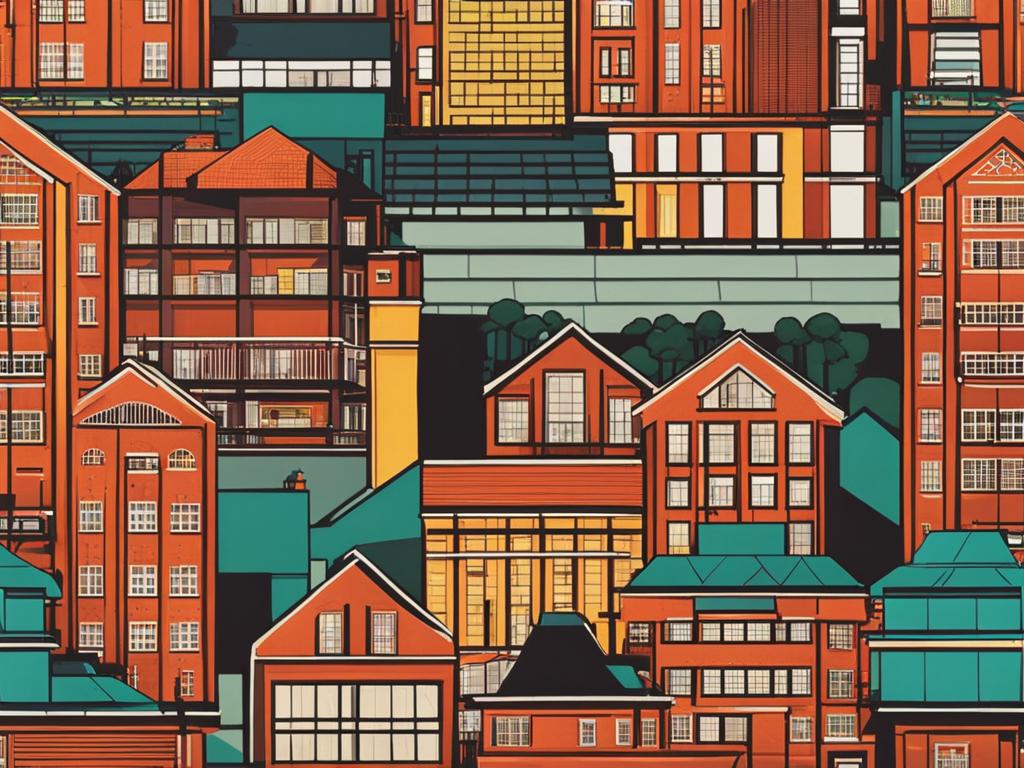
The Future of 3D Printed Prefab Houses
The future of 3D printed prefab houses holds immense potential, as companies like Mighty Buildings continue to push the boundaries of technology and design. The use of 3D printing enables greater innovation in housing solutions, with the ability to create unsupported spans, freeform designs, and organic shapes. This opens up a world of possibilities for architects and homeowners seeking innovative housing solutions.
One of the key advantages of 3D printed prefab houses is the integration of off-site construction methods. By manufacturing components in a controlled factory environment, construction time and costs are significantly reduced. This approach also allows for greater scalability and the potential for distributed manufacturing facilities, bringing modern prefab homes within reach of a wider audience.
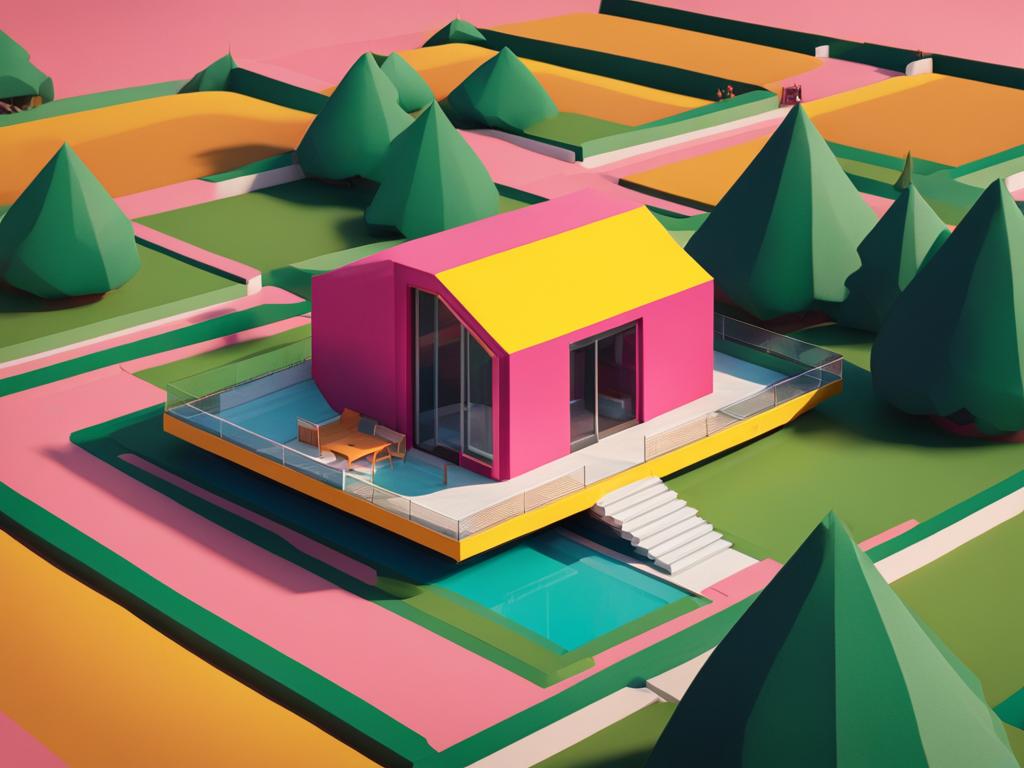
The use of 3D printing technology in the construction of prefab houses not only enhances efficiency but also enables customization and sustainability. With 3D printing, it becomes easier to incorporate sustainable materials and design features into the construction process. This aligns with the growing demand for eco-friendly and energy-efficient homes, making modern prefab houses a viable option for those seeking a sustainable living environment.
The future of 3D printed prefab houses is not limited to conventional designs. The world of architecture is experiencing a revolution, with the ability to create unique and aesthetically pleasing homes that were once unimaginable. From avant-garde designs to sleek, modern structures, 3D printing allows for a level of design flexibility that is transforming the housing industry.
As technology continues to advance and companies explore new possibilities, the future of 3D printed prefab houses holds the promise of providing affordable, sustainable, and customizable housing options for a wide range of customers. The combination of innovative housing solutions, off-site construction, and modern prefab homes sets the stage for a new era in housing design and construction.
The Impact of 3D Printing on the Construction Industry
The construction industry is experiencing a significant impact from the emergence of 3D printing technology. This innovative approach to building allows for faster and more efficient construction processes, resulting in reduced labor costs and increased productivity. Traditional construction methods often rely heavily on manual labor, which can be both time-consuming and expensive. However, with the automation provided by 3D printing, many aspects of the construction process can now be streamlined and automated, saving valuable time and resources.
One of the major advantages of 3D printing in construction is the ability to use sustainable building materials. With an increasing demand for eco-friendly and energy-efficient homes, the construction industry is actively seeking solutions to meet these requirements. The use of sustainable construction materials in 3D printed prefab houses aligns perfectly with this demand, providing a viable and sustainable option for homeowners.
By utilizing 3D printed building technology, the construction industry can create structures that are not only aesthetically pleasing but also sustainable and cost-effective. The precise nature of 3D printing allows for greater accuracy and consistency in the construction process, resulting in higher-quality buildings. Additionally, the use of 3D printing in construction reduces wastage of materials, further contributing to sustainable practices.
The implementation of 3D printing in the construction industry has the potential to reshape the future of building. This technology offers a more efficient and sustainable approach to construction, addressing the growing demand for innovative design and eco-friendly construction methods. As the construction industry continues to embrace 3D printing, we can expect to see more advancements in this field, leading to a more sustainable and resilient built environment.
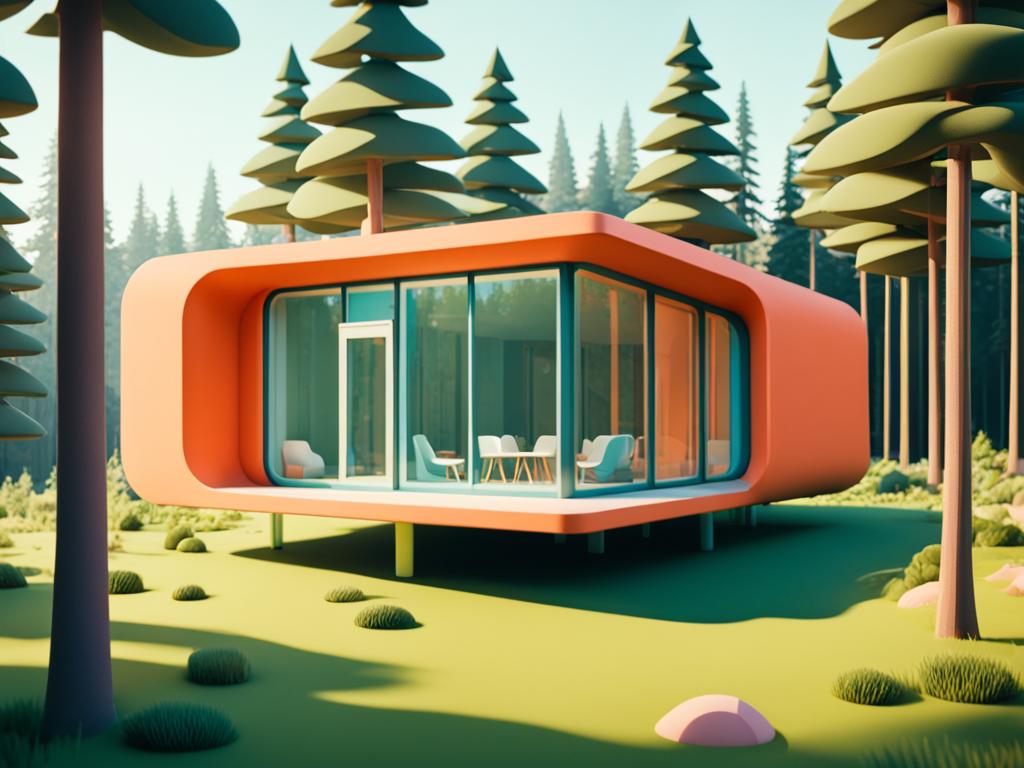
Conclusion
3D printed prefab houses are transforming the concept of sustainable living and construction. Companies like Mighty Buildings are at the forefront of this innovative design revolution, offering eco-friendly and energy-efficient homes. The use of 3D printing technology allows for unparalleled design flexibility, customization, and efficiency in the construction process.
Prefabricated modular housing, with its cost-effectiveness and sustainability, is gaining popularity as more people embrace the benefits it offers. With advancements in technology and design, 3D printed prefab houses are paving the way for a greener and more innovative approach to housing construction.
As the construction industry continues to adopt 3D printing, we can expect to witness groundbreaking developments that will shape the future of sustainable living. The possibilities are endless, from reducing construction waste and enhancing energy efficiency to creating one-of-a-kind architectural marvels. With 3D printed prefab houses, we are building a brighter and more eco-conscious future for all.
FAQ
What are 3D printed prefab houses?
3D printed prefab houses are homes that are built using large-format 3D printing technology off-site and then transported to the desired location for assembly.
How are 3D printed prefab houses different from traditional construction methods?
Unlike traditional construction methods, 3D printing allows for greater design flexibility, customization, and efficiency in the construction process. Additionally, sustainable building materials are used, reducing waste and minimizing the environmental impact.
What are the advantages of 3D printing for prefab houses?
The use of 3D printing in prefab houses offers advantages such as faster construction processes, reduced labor costs, greater consistency and quality, and a safer working environment. It also allows for the use of sustainable and energy-efficient materials.
What does the future hold for 3D printed prefab houses?
The future of 3D printed prefab houses looks promising, with advancements in technology and design enabling innovative housing solutions, off-site construction methods, and greater scalability. This offers the potential for more affordable, sustainable, and customizable housing options.
How does 3D printing impact the construction industry?
3D printing has a substantial impact on the construction industry, as it allows for faster construction processes, reduced labor costs, and increased efficiency. It also aligns with the demand for eco-friendly and energy-efficient homes, leading to a more sustainable future.
How are 3D printed prefab houses revolutionizing the construction industry?
3D printed prefab houses are revolutionizing the construction industry by offering innovative design and sustainable construction solutions. With advancements in technology and design, companies like Mighty Buildings are creating eco-friendly and energy-efficient homes, changing the way we think about sustainable living and housing construction.

